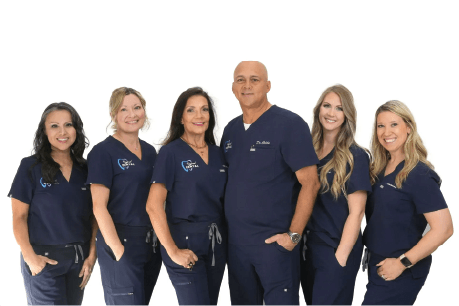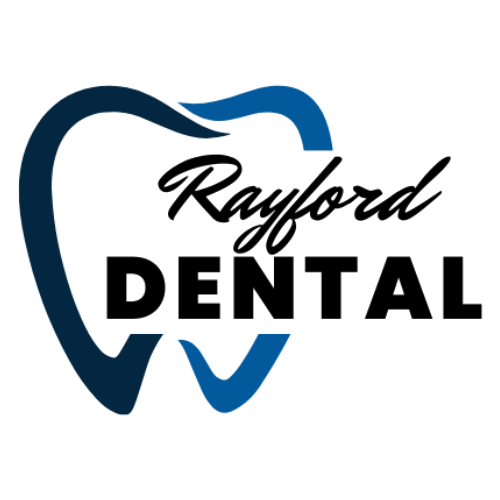Often-Missed Signs of Periodontal Disease
Gum disease is caused by the over-accumulation of bacteria
Periodontal disease (gum disease) is one of the most prevalent oral health issues in the country. According to the Centers for Disease Control and Prevention, around half of adults over 30 are affected, and mild forms commonly affect children. As common as gum disease is, the symptoms are easy to overlook if you don't know what the condition can cause. Take a look below at some of the most often-missed signs of periodontal disease.
Bad Breath (Halitosis)
Gum disease is caused by the over-accumulation of bacteria-ridden plaque that forms around and between the teeth. Therefore, there can be some odors associated with periodontal disease, which can lead to ongoing problems with bad breath. If you struggle with bad breath that never seems to go away, gum disease may be the culprit.
Discoloration of the Gum Tissue
Gum tissue redness is always considered a sign of gum disease, but the redness is not always as easy to discern as is easily suspected. The color of gingival tissue ranges from bright pink to brown depending on ethnicity and skin tone. Therefore, redness of the gums can be harder to spot in some mouths than others. It is more effective to pay attention to areas that appear darker or discolored.
Tooth Sensitivity
Feeling a dull ache when you drink or eat something hot or cold is often assumed to be related to tooth health. However, periodontal disease can be to blame for these symptoms as well. Gum disease can cause the soft tissue that supports your teeth to pull away and leave sensitive nerves exposed. Therefore, heightened sensitivity to hot and cold temperatures is possible.
Pain While Chewing
If you are experiencing pain around your gums when you eat, this could be caused by inflammation of the gums related to gum disease. Swollen, red gums are one of the most common indications of periodontal disease. However, you may not always visibly see the swollen areas, but you will likely feel a difference when food brushes against the tender areas.
Talk to a Dentist About Gum Disease Concerns
If you suspect that you have gum disease, it is important to get to a dentist for a thorough evaluation. Periodontal disease is one of the most common causes of tooth loss, but interventional treatment can make a huge difference. Reach out to
schedule an appointment to keep your gum health in check.



